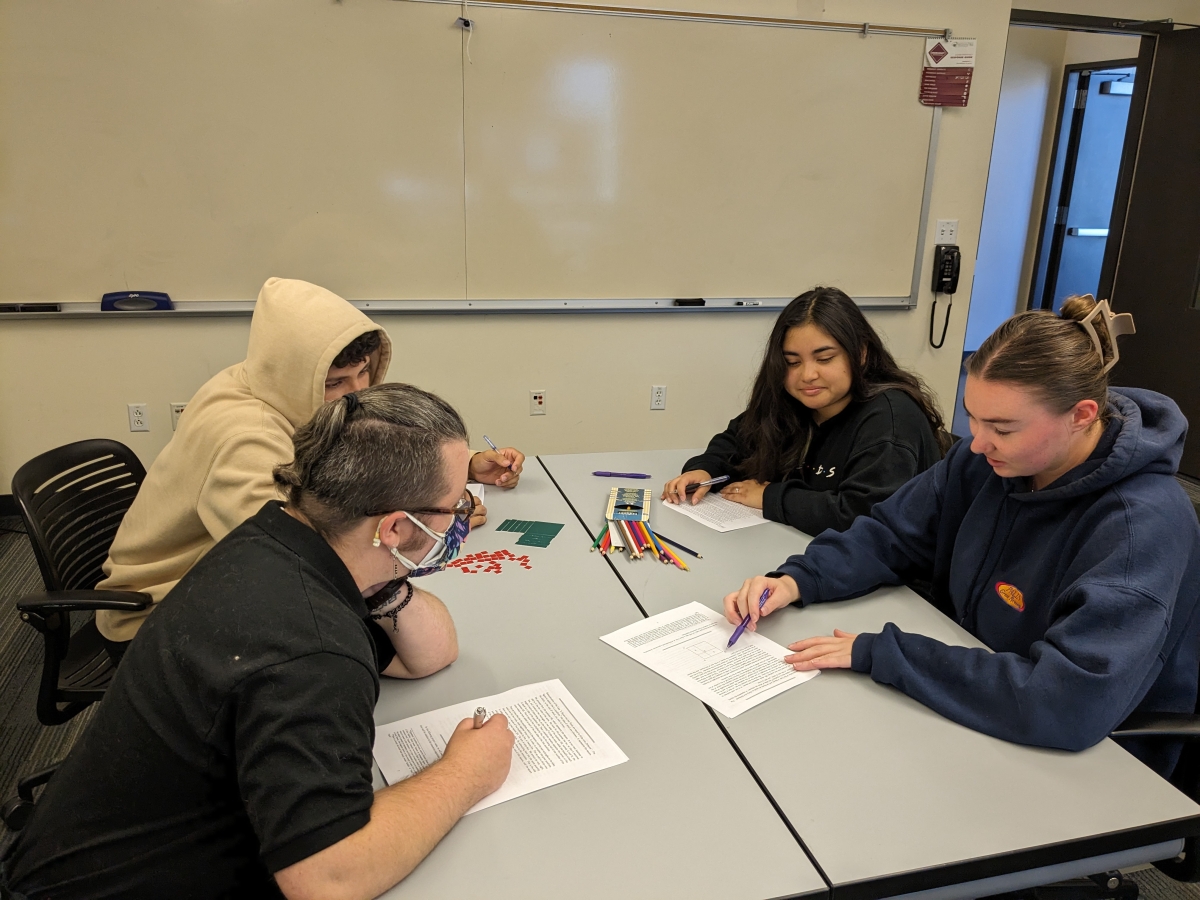- About MAA
- Membership
- MAA Publications
- Periodicals
- Blogs
- MAA Book Series
- MAA Press (an imprint of the AMS)
- MAA Notes
- MAA Reviews
- Mathematical Communication
- Information for Libraries
- Author Resources
- Advertise with MAA
- Meetings
- Competitions
- Programs
- Communities
- MAA Sections
- SIGMAA
- MAA Connect
- Students
- MAA Awards
- Awards Booklets
- Writing Awards
- Teaching Awards
- Service Awards
- Research Awards
- Lecture Awards
- Putnam Competition Individual and Team Winners
- D. E. Shaw Group AMC 8 Awards & Certificates
- Maryam Mirzakhani AMC 10 A Awards & Certificates
- Two Sigma AMC 10 B Awards & Certificates
- Jane Street AMC 12 A Awards & Certificates
- Akamai AMC 12 B Awards & Certificates
- High School Teachers
- News
You are here
Primary Source Projects and Reading Apprenticeship in Mathematics History
Convergence readers are presumably familiar with the materials that have been developed by the TRansforming Instruction in Undergraduate Mathematics via Primary Historical Sources (TRIUMPHS) project over the past decade, given that more than 30 of TRIUMPHS’s short projects have appeared in the journal. Under a collaborative research grant from the National Science Foundation awarded in 2015, the TRIUMPHS team of authors created classroom-ready activities, known as Primary Source Projects (PSPs), that challenge students (and instructors) to investigate mathematical content by reading translated excerpts from primary sources. In a PSP, the author typically interweaves these portions of a mathematical text with historical and contextual information as well as a series of tasks that invite students to think deeply about the content and context in which the work was originally developed—and thus more deeply master the mathematical concepts themselves. TRIUMPHS has produced a collection of more than 100 student-ready PSPs, which are freely available via the TRIUMPHS home page.
However, some students and cohorts of students may not be immediately situated to engage with the presentation style typical of PSPs. Instructors may need to provide additional training in how to read written mathematics or to draw upon alternative forms of scaffolding so that those students are prepared to reap the maximum benefits offered by PSPs. This article presents one such learning model recommended for secondary and undergraduate students, Reading Apprenticeship (RA), and it offers examples of classroom employment of RA routines that helped facilitate learning of the mathematical content presented in a series of PSPs during a History of Mathematics course. Sample protocols for the routines are included to assist practitioners interested in adapting these routines for their own contexts. The purpose of sharing these experiences is to demonstrate how the PSP curricular materials and the RA framework support one another in promoting student learning of mathematics and its history. That is, RA routines can lead to an effective PSP implementation and, vice versa, a PSP makes for an excellent learning object in which the students can carry out RA routines.
The first part of this article provides a more detailed introduction to both PSPs and the RA framework. The first section of that introduction summarizes the current literature on using primary sources to teach mathematics. It also includes relevant background for the framework in which one would use RA routines. The second introductory section provides motivation for using PSPs, including advantages and challenges documented in prior classroom uses. The third introductory section provides background on RA, including its original development and a discussion of its adaptability to different educational contexts.
The second part of this article describes two specific RA routines—"Talk to the Text" and metacognitive reading logs—and their use during the implementation of three different PSPs in a junior-level history of mathematics course. A discussion of the students’ perspectives on these experiences is also given. The sample RA routines provided in this part of the article are adaptable by those who are using other PSPs in their own mathematics or history of mathematics classrooms. In the article's concluding section, I offer a brief description of additional RA routines that can be similarly adapted to a variety of contexts.

Figure 1. Students working on a Primary Source Project in a history of mathematics course
at California State University, Monterey Bay in Fall 2023. Photo supplied by author.
Jennifer Clinkenbeard (California State University, Monterey Bay), "Primary Source Projects and Reading Apprenticeship in Mathematics History," Convergence (November 2023), DOI:10.4169/Convergence20231101




